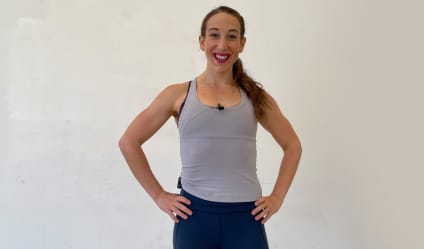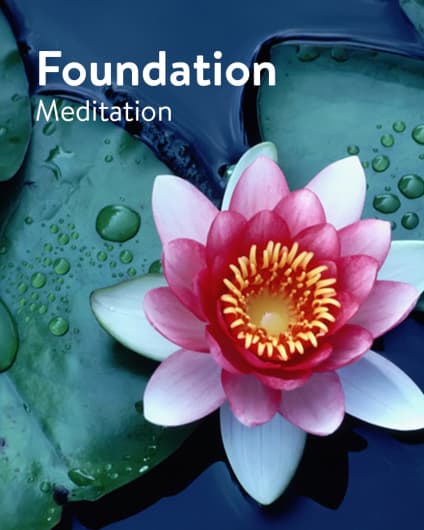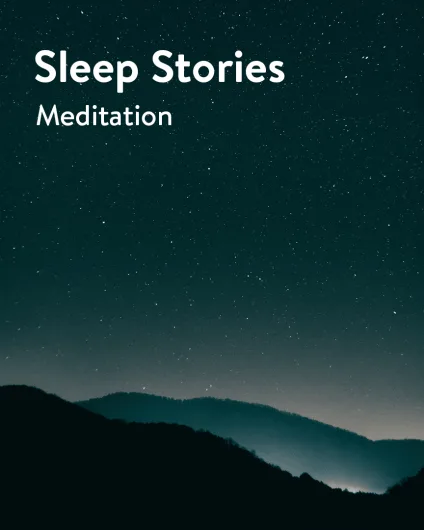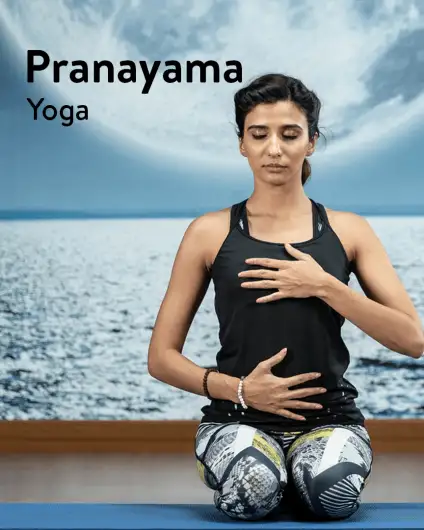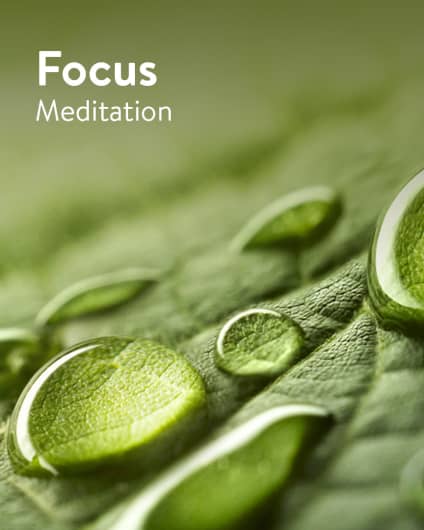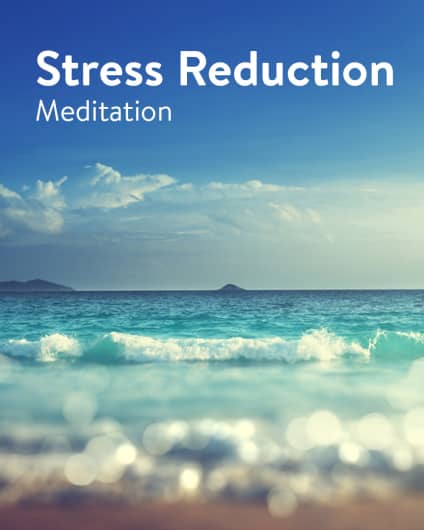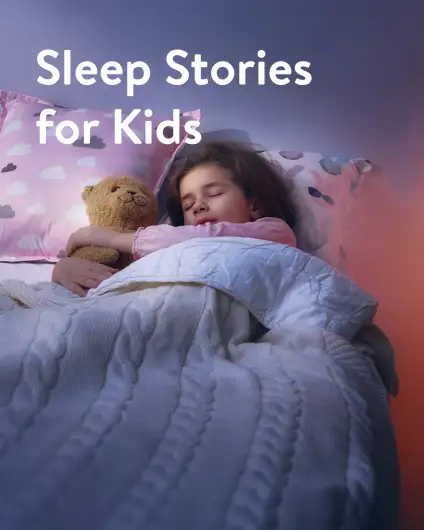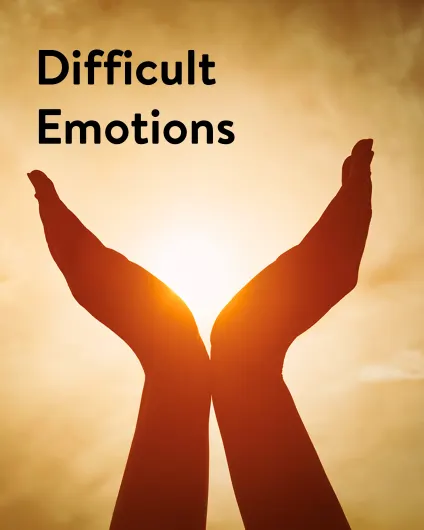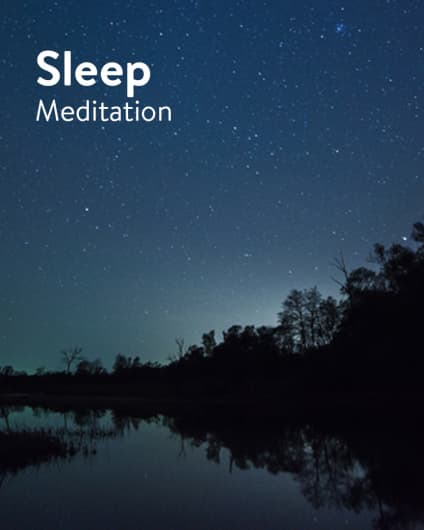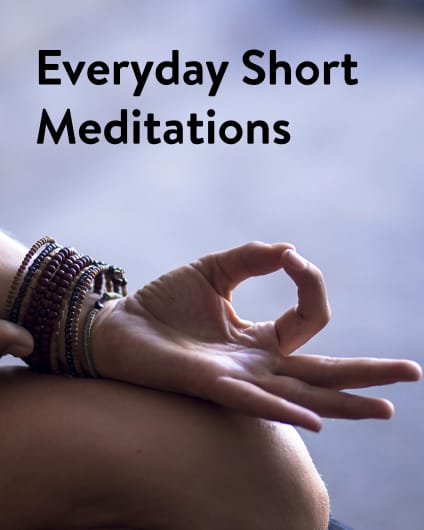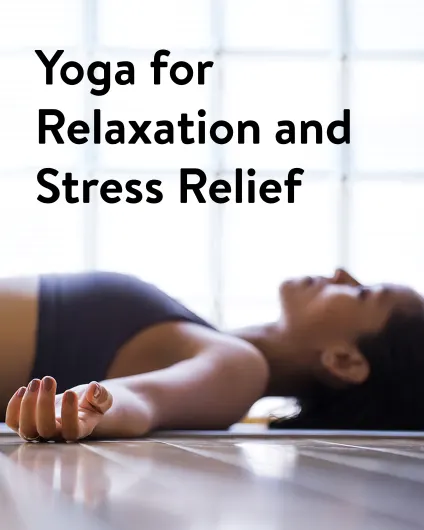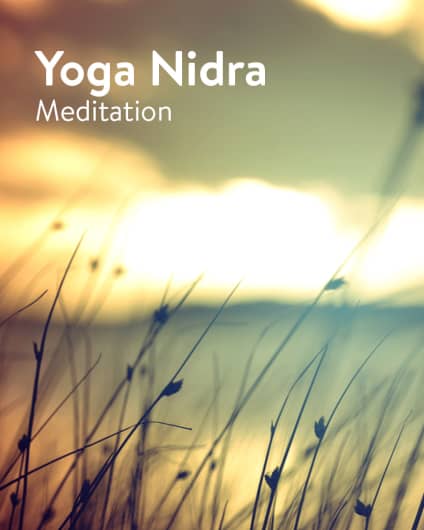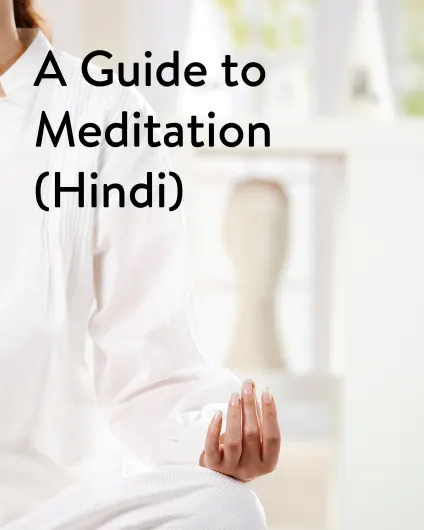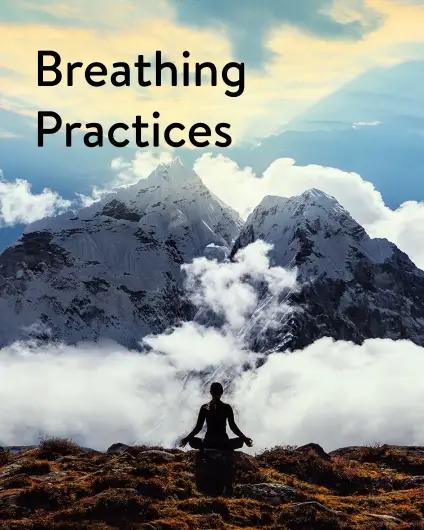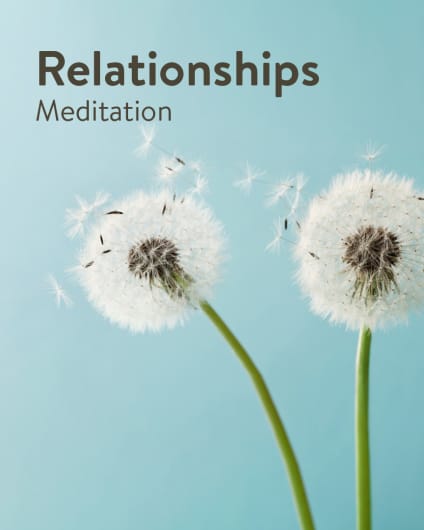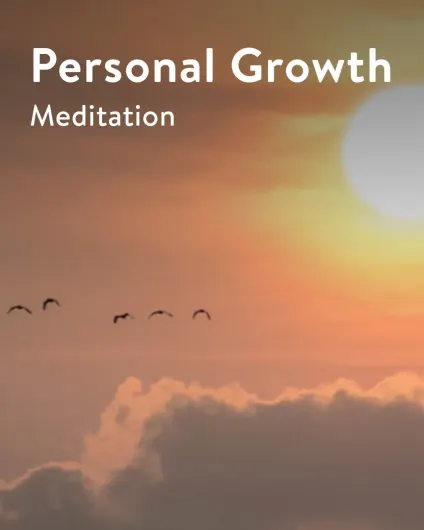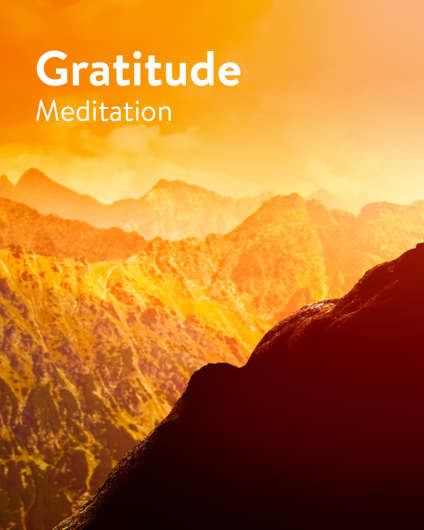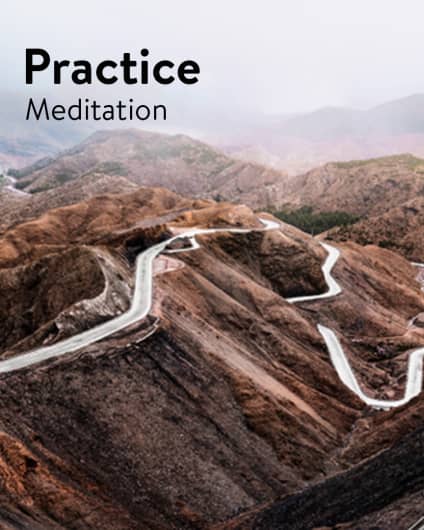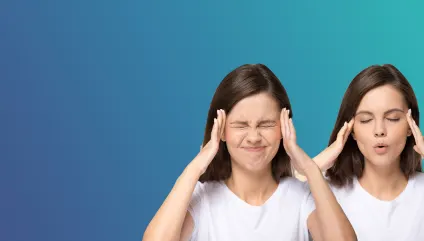What Is Mindfulness?
Whether we agree or not, we live in a distracted world. Besides living in a competitive environment that exerts all kinds of pressures like that of our job, family, etc., there is the very familiar temptation of social media that bombards us with more information that’s more often than not stressful.
Unknowingly, with all these challenges, we are not only neglecting ourselves, worrying excessively about the future & ruminating over the past, but also letting ourselves become vulnerable to the risk of heart diseases and other illnesses.
So how do we stop being distracted and calm ourselves? The key to this is practicing mindfulness. For once, it would be nice to let yourself feel the present without wandering too much into the times that have passed or are yet to come. Mindfulness is much more than just paying attention to the present moment. It is the art that teaches you how to guide your thoughts, emotions, and reactions to this present moment. It is about knowing how to respond to current experiences. Practicing mindfulness is about being free from strong emotions and having a quality response to the situation that you are experiencing right now. It is also about maintaining a level of detachedness while responding to a situation without any desire to change or oppose it.
What Are The Benefits Of Mindfulness?
A healthy mind is a happy mind! Consistently practicing this state of ‘in-present’ awareness and guiding your responses has several benefits for the body as well as the mind, some of which are even scientifically proven. These include:
Reduces anxiety: Mindfulness meditation helps you in calming yourself and controlling your responses to situations, however stressful they may be. It teaches you to assess any said situation before responding. This helps in improving stress reactivity and the release of the stress hormone cortisol and inflammatory chemicals like cytokines that have a negative impact on the blood pressure and heart health.
Helps in improving your physical health: When you learn the technique of mind management through mindfulness meditation and reduce the harmful physiological effects that stress and anxiety have on your body, your physical health and well being is greatly improved. You experience optimum blood pressure, reduction in chronic pains and gastrointestinal issues, and lowered risk of heart diseases.
Improves mental health: When you are more aware of your reactions in different situations and cope well with situations, it helps in alleviating your mental health to a great extent. Not only this, but practicing mindfulness meditation also helps in reducing the risk of conditions that may result from stressful situations like substance abuse, eating disorders, obsessive-compulsive disorder, etc.
What Are The Types Of Mindfulness?
Mindfulness meditation focuses on being aware of your physical, emotional, and sensory reactions at all times. These decide the types of mindfulness meditation that include:
Breathing space mindfulness: This revolves around pausing and creating a mindful awareness of your breathing in a situation. This involves practicing breath in and breath out each time your mind wanders and in situations where you pre-empt an impulsive reaction. This includes techniques like pranayama meditation.
Mindfulness of thoughts: This is being aware of the thoughts arising in your mind as a result of a certain situation or by way of rumination. It involves creating a peaceful mind and learning how to distance yourself from your thoughts and allowing them to come, go, and pass without judging or getting too attached to them.
Body scan mindfulness: This type of mindfulness involves being aware of the sensations that your body feels in different situations or even at rest. It allows you to scan your body to search for areas that are experiencing tension and learning how to release it. This includes tai chi, yoga meditation, etc.
How Does Mindfulness Help In Daily Routine Life?
Mindfulness meditation plays a very effective role in directing your attention and energy to the present and brings forth several physical and emotional benefits in your daily life. These include:
Boosts attention span: When we have a happy mind that’s liberated from stressful thoughts and distractive wanderings, we free up space for things that matter and can to focus on them. We can to hold our attention on things that will help us and others around us grow.
Induces creativity: Only a healthy mind can help and support divergent and convergent thinking. This has a direct impact on our creativity at work and in inducing personal wholesomeness.
Reduces the risk of addictions: Freeing up your mind of overwhelmed and anxiety-ridden thoughts reduces the risk of reaching out to addictive stimulants. Mindfulness meditation makes you aware of the triggers for addictive behaviour and catches your impulse to either try drugs, binge eat and other risky behaviours.
Improves sleep patterns: By freeing your mind of thoughts about the past and future especially during the night, mindfulness meditation helps relax your body at sleep time. It releases tension and lets you have a calm mind for a peaceful sleep.
How Guided Mindfulness Helps Your Mind?
Reduces stress and anxiety: This improvement in stress and anxiety levels impacts us at both professional and personal levels. Minus these feelings and an improved mood, you become a more productive employee and a happier person to be around.
It slows neurodegenerative diseases: When we eliminate stress and anxiety from our mind by practicing mindfulness meditation, we allow the brain and its chemicals to change. This helps in slowing down age-related cognitive disorders and decline as evident in conditions like dementia and Alzheimer’s disease.
Improves emotional health: mindfulness meditation has a long-term impact on the negative thoughts that you experience. The mind-relaxing techniques help you in having a positive body image by improving self-awareness. It helps reduce self-defeating and negative thoughts and instils positivity and confidence.
How Do You Practice Mindfulness?
While mindfulness meditation seems easy, it isn’t all that easy. Especially mindfulness for beginners. The key is to decide to get started and be consistent in practicing it in this way:
Find a calm corner and a comfortable place to sit for practicing mindfulness meditation. You should not be surrounded by any distractions here.
Set a time limit depending on your schedule for your mindfulness exercises. If you are just beginning, start with short time limits like 5 or 7 minutes.
Your techniques should be the ones that you are most comfortable with. It could be tai chi, pranayama, yoga meditation, or simply listening to relaxing music.
Notice the state of your meditative mind and sensations in the body. Also, feel your breath. This awareness is the key to mindfulness meditation .
Allow yourself to do nothing for the duration of the time limit that you have set. Notice when your mind wanders and what distracts it.
Gently return to the present and focus your mind while being kind to yourself and without judging your thoughts.
Be consistent with mindfulness meditation to let it become a part of your life.
What Are The Three Components Of Mindfulness?
Mindfulness has several elements that are key to its practice and sustenance as a part of life like:
The conscious awareness of what we are experiencing and driving our attention to it.
Being present in the moment without being too caught up in the past or the future.
An attitude of calmness and balance without any preconceived notions, expectations, judgement, or close-mindedness. You should have a peaceful mind and your attitude should be of willingness, curiosity, and compassion.
Why is mindfulness so hard?
Attaining the state of fluid and happy mind is not as easy as it sounds. Nor is it easy to train your mind how and what to think. It is in the nature of our mind to wander to random thoughts. Secondly, people find it extremely hard to be alone with their thoughts. In this age of virtual engagement, we are surrounded by millions of voices and noise that we have forgotten how to remain in solitude and exercise our mind power. Thirdly, mindfulness meditation is not instant. It needs practice for months if not years to get into this liberated frame of a peaceful mind.
Is mindfulness good for anxiety?
Mindfulness meditation is one of the few ways that put our mind to rest and liberates us when we get stuck in the rigmarole of overwhelming feelings of anxiety and negativity.
Repeated episodes of stress and anxiety become a habit that is detrimental to our mental and physiological health. Mindfulness puts us in touch with these feelings instead of brushing them off that lets them snowball into bigger issues. One of the most important things that mindfulness does is that it helps us recognise anxiety without being judgemental or over-analytical about these feelings.
Mindfulness meditation helps us in getting to the root of the underlying causes of our stress and anxiety. Once we understand what triggers and drives our concerns we are more mindful of them and our reactions to them. Mindfulness meditation helps us become more kind to ourselves and doesn’t let us get consumed by these feelings.
Can you teach mindfulness to children?
In this world of superfast connectedness, children and adolescents are the ones feeling the most pressure- the pressure to conform, be accepted, and yet stand out. Therefore, it becomes all the more important to let children explore the mindfulness of a meditative mind.
Mindfulness for kids has several important benefits that include:
It decreases their levels of stress whether personal or at school and in turn helps lowering their aggression, disruptive behaviour, and the risk of risky behaviours.
Mindfulness meditation helps children inculcate mind power that helps them increase their focus, compassion, and self-control.
Mind relaxing techniques used while practicing mindfulness meditation and being consistent with them helps children improve their classroom participation and academic performance.
Ways to teach mindfulness to children:
Teach them to communicate whatever be their feelings. Whether they are sad, angry, happy, disappointed, or challenged in any way, they should learn how to talk it out.
Ask them to count three good things in their life that they are grateful for.
Teach them how to develop thankfulness and gratitude for what they have.
Let them start noticing how their breath feels and how their bodies respond to it.
Teach them to concentrate their thoughts on something that they feel the most about and let their thoughts stay there.
Tell them that it’s normal for their mind to wander, but it’s more important to come back to the peaceful state of mind.
What can we learn from mindfulness?
Here are some things that people who practice mindfulness embrace:
People are imperfect and that’s okay! We all falter sometimes or the other but what’s important is you recognise your actions and reactions and sync them with the present.
We start to communicate and that creates a lot of trust and connection not only with others but also with ourselves, which is the most important.
Mindfulness meditation reminds us to have fun! Once you are liberated of your weighty thoughts, you lose seriousness and learn to enjoy everything that comes your way.
Mindfulness meditation helps us forgive others for things that we thought were beyond forgiveness. It teaches us that the key to a happy mind is letting go of others’ mistakes and wrongdoings.
Top Searches
Weight Loss Exercise | Six Pack Abs | Cardio Exercises | HIIT Workout | Belly Fat Exercises | Exercise For Kids | Lean Muscle | Hrx Workout | Handstand Push Up | Online Yoga Classes | Gym Near Me | Online Fitness Trainer | How To Increase Stamina | Exercise for Beginners | Pilates Workout | Oblique Exercises | Dumbbell Exercises | Thigh Exercises | Abs Workout | Butt Exercises
Dentist Near Me | Gynaecologist Near Me | Dermatologist Near Me | Endocrinologist Near Me | Pulmonologist Near Me | Cardiologist Near Me | Orthopedist Doctor Near Me | Thyroid Test | Pregnancy Test | Full Body Checkup | Kidney Function Test | Therapist Near Me | Online Counselling | Physiotherapist Near Me




